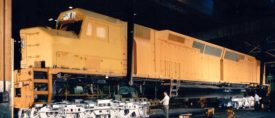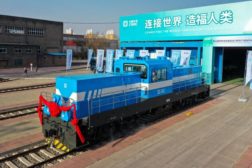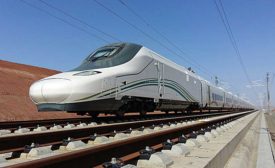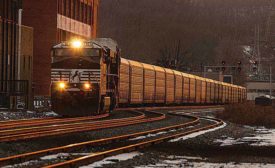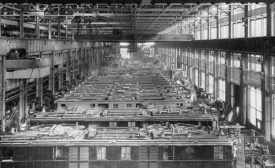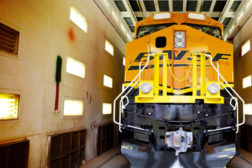Home » Keywords: » locomotive manufacturing
Items Tagged with 'locomotive manufacturing'
ARTICLES
High-Speed Rail Demands Light Railcars
Carbon-fiber composite is on track for big growth in the rail sector
June 9, 2020
GE Stays on Track by Rebuilding Locomotives
Flexible assembly lines turn tired workhorses into modern machines
August 1, 2018
General Electric Leads the Way in Locomotive Manufacturing
General Electric has a long history of assembling locomotives
March 29, 2017
Never miss the latest news and trends driving the manufacturing industry
Stay in the know on the latest assembly trends.
JOIN TODAY!Copyright ©2024. All Rights Reserved BNP Media.
Design, CMS, Hosting & Web Development :: ePublishing
